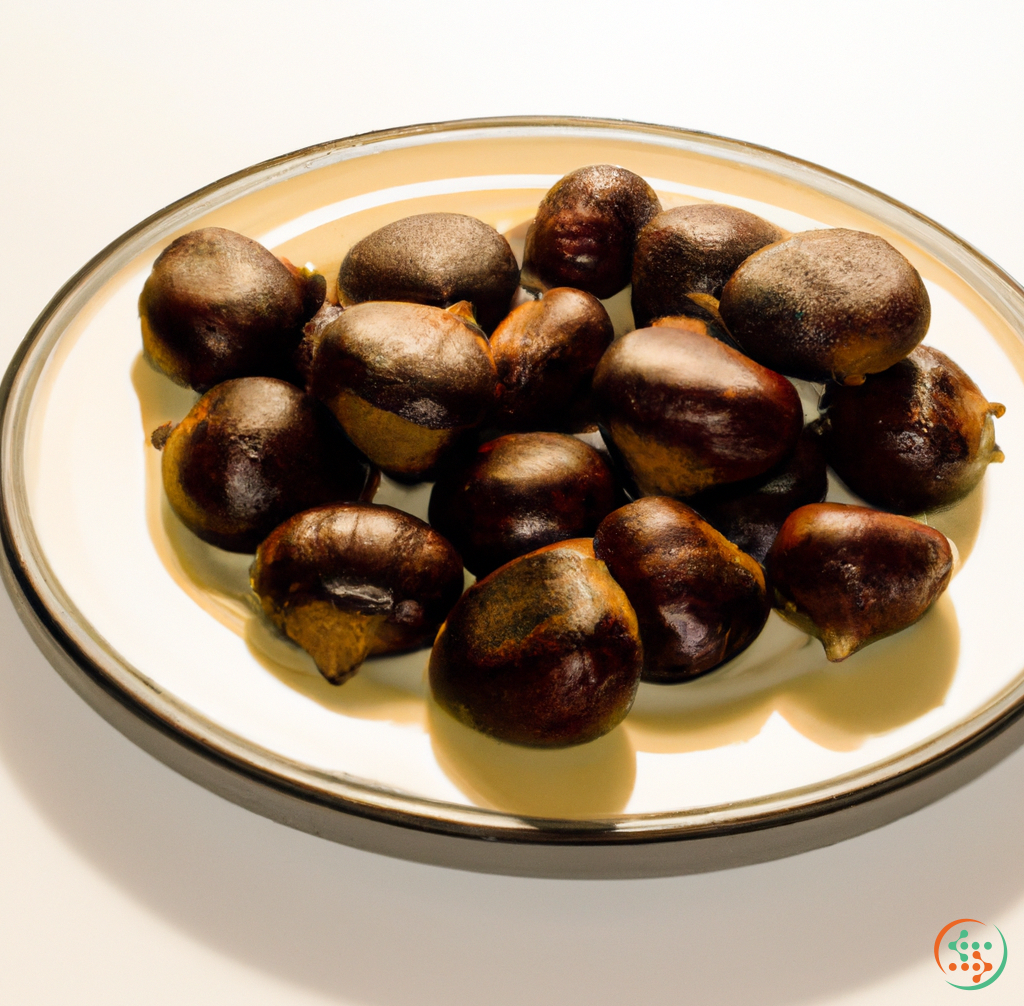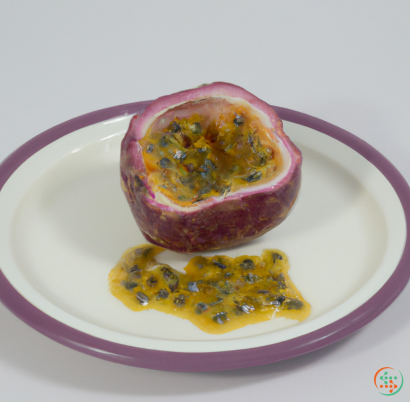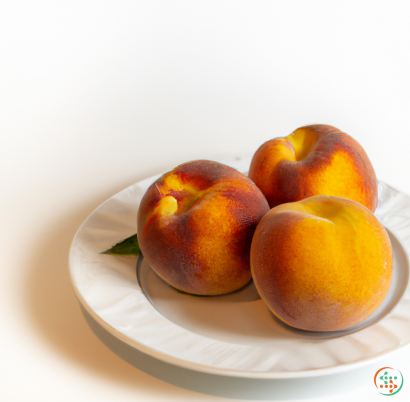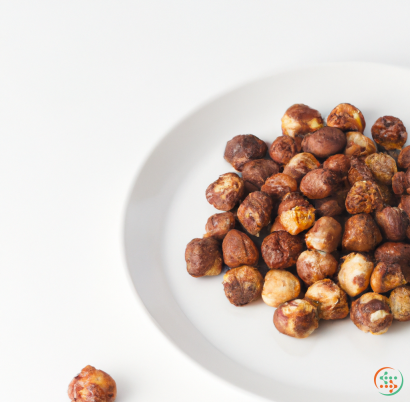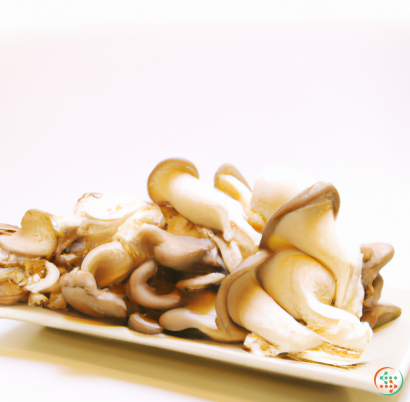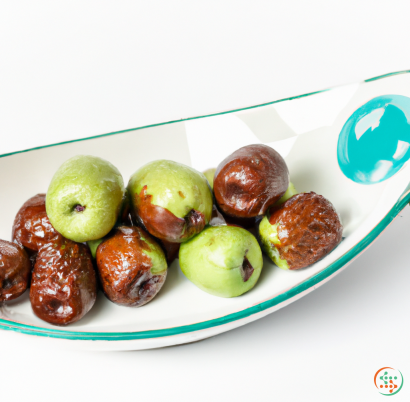Chestnuts
We've all heard the old holiday song that teaches us the classic line "Chestnuts roasting on an open fire". But what are chestnuts actually, and where do they come from? Chestnuts are a type of nut harvested from a species of deciduous broadleaf tree and are known for their deliciously distinctive flavor. While they may be most associated with the holiday season, they can be enjoyed year round as an ingredient in various dishes and desserts.
Chestnuts are classified as hardwood trees, belonging to the genus Castanea, which is part of the Fagaceae family, the same family as oaks, beeches, and birches. The tree is deciduous, meaning that it loses its leaves seasonally, producing flowers during the spring and brining forth a crop of chestnuts in the fall. The chestnut tree has a dome shaped crown, and is most recognizable for its spiny cupules, or spiky shells, which protect the edible nut contained within.
Chestnuts have been harvested for thousands of years for both culinary and medicinal purposes and are native to many parts of the world including North America, Europe, Asia, and Africa. In the United States, chestnuts are currently concentrated in the Appalachian Mountains of southern New York, and can also be found in some parts of the Midwest, Pacific Northwest, and California.
When choosing a fresh chestnut, the nut should feel heavy and plump in your hand and the covering should be intact with no signs of drying or cracking. The outside husk should be slightly fuzzy and a deep brown color. When buying chestnuts pre-shelled, look for ones that are whole and uniform in shape. Chestnuts should be stored in a cool, dark, and dry place and will keep fresh for up to 3 weeks.
To prepare chestnuts for cooking, the first step is to make incisions in the shells, which allows steam to escape as the nuts cook. Afterward, the chestnuts can be roasted, boiled, or steamed for about 20-30 minutes. Peeling the chestnuts is an important step to ensure that all of the bitter tannins are removed. To peel them, simply press on the warm, softened chestnut shells and remove the outer layers. For baked dishes, it may be necessary to cut the chestnuts into pieces or to puree them before adding them to recipes.
As an ingredient, chestnuts have a unique flavor profile with a mild sweetness and nutty taste. They are a traditional wintertime treat but can also be used in savory dishes such as stuffings, soups, salads, and side dishes. In desserts, chestnuts can be used to make cakes, cookies, puddings, and more. They are often consumed roasted, boiled, or candied, but can also be ground into a peanut-butter-like paste and used as a tasty spread or topping.
Chestnuts are a nutritious food, containing very little fat and higher levels of vitamin C, thiamin, and dietary fiber than other tree nuts. They are also a good source of omega-3 fatty acids, potassium, copper, magnesium, and phosphorus – making them a great addition to any healthy eating plan.
Whether you’re making meals or enjoying a tasty winter dessert, chestnuts are a versatile and flavorful way to celebrate the season. With their distinctive sweet taste, chestnuts make the perfect accompaniment to many dishes, adding a hearty and delicious crunch. So if you ever find yourself wondering what chestnuts really are, keep in mind that they are a tree nut that make a delightful addition to any meal or snack.
All around the world, chestnuts are a beloved snack, ingredient and flavor enhancer. They come in many forms, including roasted, boiled, or fried and can be enjoyed as part of many different dishes. You may already be familiar with the classic way of enjoying chestnuts – roasted over an open fire with a touch of butter, which is especially popular during the holidays. But have you ever wondered how those little brown shells end up on your dinner plate?
The journey of a chestnut from its husk to your fork is an interesting one, and it involves more steps than you might think. In this blog post, we’ll take a detailed look at each step of the journey, from how chestnuts are grown and harvested to how they’re packaged and sold. Read on to find out just how intricate the process is, and just how far chestnuts travel to get to your plate.
Growing and Harvesting
The first step in the chestnut’s journey is its growth. While chestnuts are widely enjoyed all over the world, they grow best in the mild climates of Europe and some parts of Asia. The chestnut trees typically grow to a height of around 60 feet, with large leaves and a thick, brown bark. Once the trees have reached maturity, they will produce clusters of blade-shaped leaves, which grow to around 10 inches long.
Once the trees reach maturity, it’s time for harvest season! Chestnuts are typically harvested every autumn, when their dark, hard shells are fully developed and ready for picking. This denotes the beginning of a picking season that can last for several months, during which workers individually collect the chestnuts from the trees and from the ground. As the harvest progresses, certain processes and techniques are used to manage the collection and sorting of the chestnuts.
Once harvested, the chestnuts must be sorted by size and quality, and then the husks must be removed. This is done using a specialized machine called a husker, which peels off the husks carefully and efficiently. After the husks have been removed, the chestnuts are then dried to reduce their humidity so that they can be kept and stored for use throughout the year.
Packaging and Distribution
Once the chestnuts have been cleaned, sorted and dried, they are ready to be packaged and shipped to their destination. Packaging usually involves vaccum-sealed bags and boxes, which keep in the freshness, prevent moisture and oxidation and make the fruits easier to transport and store. After being packaged, the chestnuts are sent all over the world, often passing through many countries and cultures before reaching their final destination.
Once the chestnuts arrive at their destination, they will be inspected for quality and safety. If all is well, they can then be transported to local stores, supermarkets and marketplaces. Here, the chestnuts are ready for customers to purchase in their sealed packaging and enjoy throughout the year.
Cooking
Now that you’ve reached the end of the chestnut’s journey, you’re ready for the final step: cooking them! Chestnuts can be cooked in a variety of ways, but the most classic method is roasting them over an open flame. To do this, you need a sharp knife or a dedicated chestnut knife, a griddle and a heat source.
To roast, cut a shallow X in the top of the chestnut, and then place them directly onto the hot griddle. Roast on each side for around 1-2 minutes or until the shell begins to peel and curl away from the chestnut. Then remove them from the heat source, let them cool, and enjoy the delicious sweet taste of a chestnut!
Conclusion
Chestnuts are a delicious, nutritionally dense and versatile ingredient that can be enjoyed all year round. From growing and harvesting them to packing, transporting and finally cooking them, there is much that goes into the journey of each chestnut from its husk to your plate. With this blog post, we’ve taken a detailed look at each step, so that you can fully appreciate just how intricate the process is. Now that you know more about where your chestnuts come from, why not try enjoying them in a new way this season?
| Vitamin A | 0.001 mg | |
| Vitamin C | 0.0402 grams | |
| Vitamin B1 | 0.14 mg | |
| Vitamin B2 | 0.02 mg | |
| Vitamin B3 | 0.0011 grams | |
| Vitamin B5 | 0.48 mg | |
| Vitamin B6 | 0.35 mg | |
| Vitamin B9 | 0.058 mg |
| Calcium | 0.019 grams |
Daily Value 1.3 g
|
| Iron | 0.94 mg |
Daily Value 0.018 g
|
| Magnesium | 0.03 grams |
Daily Value 0.4 g
|
| Phosphorus | 0.038 grams |
Daily Value 1.25 g
|
| Potassium | 0.484 grams |
Daily Value 4.7 g
|
| Sodium | 0.002 grams |
Daily Value 2.3 g
|
| Zinc | 0.49 mg |
Daily Value 0.011 g
|
| Copper | 0.42 mg |
Daily Value 0.9 mg
|
| Manganese | 0.34 mg |
Daily Value 0.0023 g
|
| Tryptophan | 0.018 grams | |
| Threonine | 0.058 grams | |
| Isoleucine | 0.064 grams | |
| Leucine | 0.096 grams | |
| Lysine | 0.096 grams | |
| Methionine | 0.038 grams | |
| Cystine | 0.052 grams | |
| Phenylalanine | 0.069 grams | |
| Tyrosine | 0.045 grams | |
| Valine | 0.091 grams | |
| Arginine | 0.116 grams | |
| Histidine | 0.045 grams | |
| Alanine | 0.109 grams | |
| Aspartic Acid | 0.281 grams | |
| Glutamic Acid | 0.21 grams | |
| Glycine | 0.084 grams | |
| Proline | 0.086 grams | |
| Serine | 0.081 grams |
| Total Sugars | 0.131141 grams |
per 100g
|
| Myristic acid (14:0) | 0.01 grams |
|
| Palmitic acid (16:0) | 0.21 grams |
|
| Stearic acid (18:0) | 0.01 grams |
|
| Total Saturated fatty acids: | 0.23 g | |
| Oleic acid (18:1) | 0.41 grams |
|
| Palmitoleic acid (16:1) | 0.01 grams |
|
| Gadoleic acid (20:1) | 0.01 grams |
|
| Total Monounsaturated fatty acids: | 0.43 g | |
| Linolenic acid (18:3) | 0.05 grams |
|
| Linoleic acid (18:2) | 0.44 grams |
|
| Total Polyunsaturated fatty acids: | 0.49 g | |
